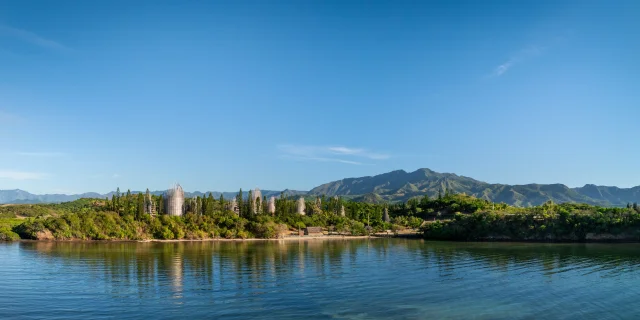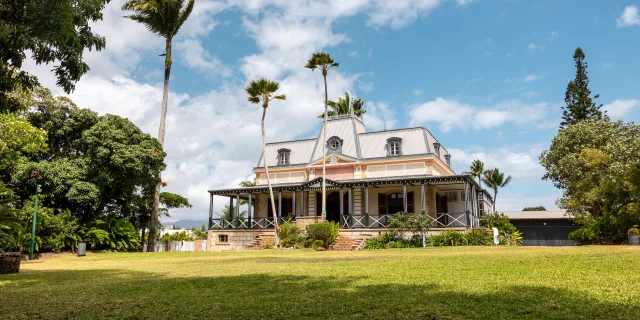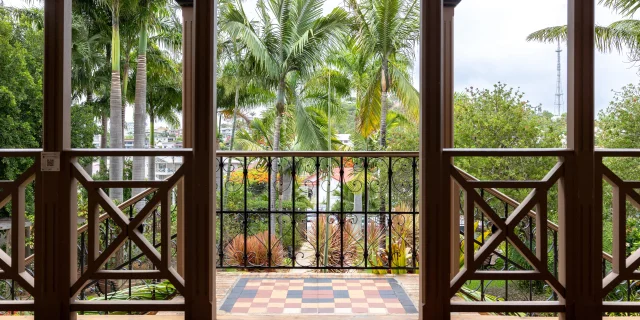 Manager
ManagerThe first traces of habitation in New Caledonia date back several millennia, with the arrival of the Austronesian peoples, ancestors of the Kanaks. Around 3,000 years ago, Austronesian peoples established a matriarchal and matrilineal society, structured around clans and customs. The Centre Culturel Tjibaou in Nouméa, designed by architect Renzo Piano, bears witness to this ancestral culture. It stands as a symbol of Kanak resilience and pride, and offers visitors a journey through Kanak history and traditional art.














